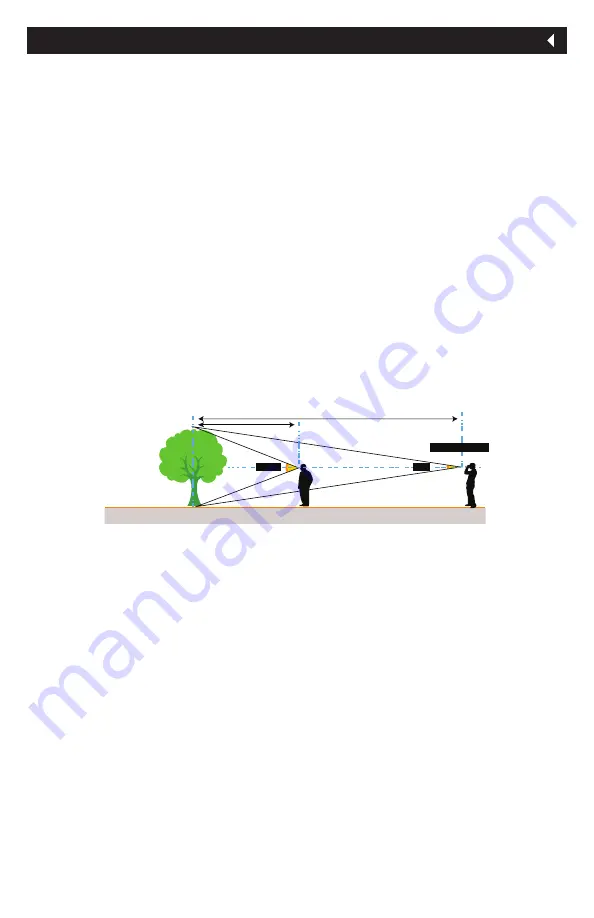
23
EYEPIECES
Introduction To Our Eyepieces
Your telescope’s eyepiece is more than a simple accessory. It sets the magnification
and field of view of your optical system and is a critical component in determining how
profoundly you connect with the cosmos. Designed to provide wide fields of view for a full
immersion experience, Explore Scientific’s premium eyepieces ensure stunning detail
with high-end optics that allow your telescope to reach its full potential. We offer five
series of eyepieces that differ in factors like field of view, available focal lengths, barrel
diameter and eye relief. However, they all share characteristics that guarantee superior
image quality. For peak performance, each of our precision eyepieces offers lenses made
of low-dispersion glass with a high refractive index. In addition, each lens is fully multi-
coated with durable enhanced multi-layer deposition (EMD) coatings. The combination of
these factors brilliantly captures the celestial wonders you seek with sharp contrast, high
resolution and crisp definition. To protect the precision optics, the body of each eyepiece
is O-ring sealed and purged with an inert gas (either argon or nitrogen) for a waterproof
environment that is impervious to internal fogging and prevents contaminants like fungus
and dust from entering. Each also offers foldable soft silicone rubber eyecups to provide
the most comfortable viewing experience and a filter thread on the backside that will
allow for use of moon or light filters.
There are two distinct types of field of view to consider in any eyepiece. The first of
these is apparent field of view (AFOV). Expressed in degrees, the AFOV is the perceived
angle from your eye to the edges of the field stop of an eyepiece. The larger the AFOV,
the more area you will see. With AFOVs ranging from a wide 68° to a hyper-wide 120°,
our five lines of eyepieces will open up vast expanses of inky black sky for you to explore.
To provide views that are truly stunning, each eyepiece model is designed with the
distinct number and configuration of elements (optical lenses) needed to ensure a well
corrected field of view is maintained as the angle widens. The benefits of our wide field
eyepieces go beyond the amount they reveal. When you have more sky to work with,
objects are easier to locate and stay in the field of view longer, which translates to fewer
adjustments. This is especially helpful when you are using a non-driven mount. These
eyepieces also allow the viewer to use averted vision, which is a technique that aids in
observing faint objects. When using averted vision you gaze slightly to the side of your
target object rather than directly at it. This puts the image on a part of your eye that is
more sensitive to light, which allows you to enjoy fainter objects. The second type of
field of view is true field of view (TFOV), which is the actual field of view of the sky or
terrestrial scene expressed in degrees and/or fractions of a degree as seen through
a telescope/eyepiece combination. To calculate the TFOV, you will divide the apparent
field of view by the magnification. For example, if the resulting magnification from
your telescope and eyepiece set-up is 50x and your eyepiece has a 100° AFOV, you will
divide 100 by 50 to get a TFOV of 2°. TFOVs usually range between .25° to 2 degrees.
FIELD OF VIEW
1,000m
125m
7.0˚
8x Binoculars
7.0˚
52.1˚
Содержание TWILIGHT Series
Страница 1: ......
Страница 33: ...33 NOTES ...
Страница 34: ... 2016 Explore Scientific LLC All model names and logos are registered trademarks www explorescientificusa com ...












































